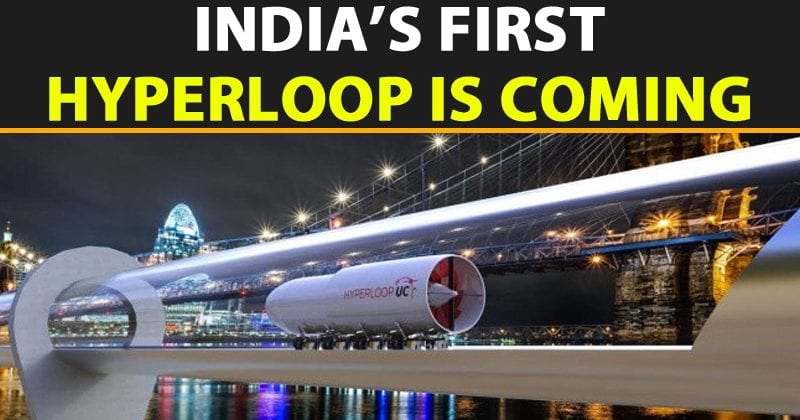China has announced that it will develop an underground transportation system, with certain similarities with Japanese bullet trains, which could exceed the speed of sound. Knowing the South African entrepreneur Elon Musk, who leads the Hyperloop project, Chinese competition will be nothing more than an incentive, to develop a faster Hyperloop and with more advanced technology. In fact, Hyperloop has just opened its first large factory in the city of Las Vegas in the state of Nevada, where it will manufacture passenger capsules. However, apart from all these things now it seems that India could be the first country to implement the Hyperloop, as the proposed route will connect the centers of the cities of Vijayawada and Amaravati, with a trip that will last from more than an hour to only six minutes. The project will use a public-private partnership model with funding primarily from private investors, as the company explained in a statement. Hyperloop Transportation Technologies (HTT) today announced the signing of a memorandum of understanding with the Andhra Pradesh Economic Development Board (APEDB) to facilitate the development of the Hyperloop transportation system linking the Indian cities of Vijayawada and Amaravati. During the first phase of the project, HTT will lead a six-month feasibility study starting in October. Working with private and public sector partners, the company will analyze nearby urban landscapes to create the best possible route between the two cities. After doing this study, the first phase of the project will build the first HTL Hyperloop in India. The state of Andhra Pradesh, where the two cities are located, is the seventh largest in India with a population of more than 50 million people. The connection of these emerging regions of development with very high-speed transport will constitute this region, as they understand from HTT, as a leader in technological innovation and sustainable development. So, what do you think about this? Simply share your views and thoughts in the comment section below.
Δ


